The Best Ways to Experience Music Across the USA
Jazz, blues, hip-hop, rock – the US has given birth to some of the world’s most beloved and influential genres. Music journalist Maura Johnston offers her insights on the best ways to find and experience it.
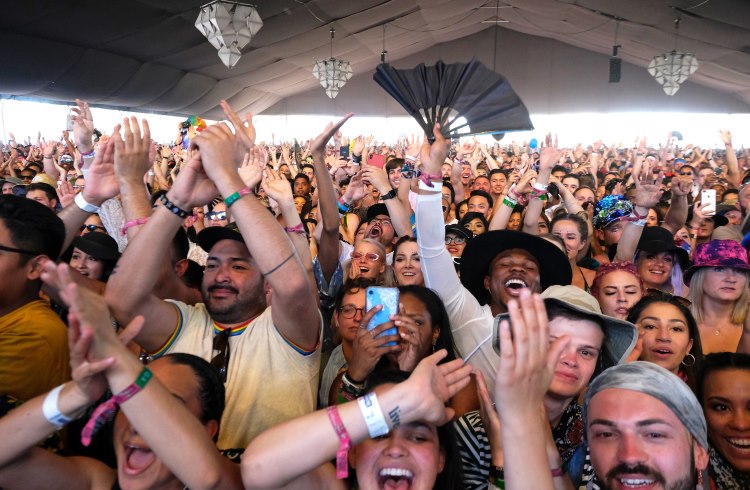 Photo © Getty Images / Kevin Winter
Photo © Getty Images / Kevin Winter
- What is American music?
- Finding your new favorite artist
- Museums dedicated to American music
- The top music festivals across the US
It's a sweaty May Saturday at the New Orleans Fair Grounds Race Course, and I'm standing at the crossroads of American music. A brass band marches by, its exuberant jazz providing a beat for its dancers; strains of gospel music echo from a nearby tent; depending on which way I turn, I can hear classic rhythm and blues, crisp mariachi rhythms, or locally sourced jamming; and people in t-shirts supporting the Boston-bred rock legends Aerosmith and the Colombian dynamo Juanes mill around.
This is the New Orleans Jazz & Heritage Festival, a many-stage, two-weekend celebration of all types of American music – and arguably the country's best place to experience that art form as a melting pot, a gumbo of genres that runs the gamut from Americana to zydeco.
What is American music?
There's no one ideal of "American” music, although the Jazz Fest lineup represents one huge strand of it. Rooted in the jazz that its home city incubated in the early 20th century – defined by polyrhythms and an innate sense of musical chemistry that has its players embarking on improvisations – the festival also shines its spotlight on genres that descended from the blues, which originated from the Mississippi Delta, and gospel, which blossomed from black churchgoers' testifying at services. These forms have persisted and shape-shifted over the years, with new technology and old desires for camaraderie resulting in new styles like bounce and trap bubbling up out of dive bars and Discord chat rooms.
Look at the website everynoise.com, which charts nearly 3,000 genres, and you can see how, while almost all "American” music has its roots in the blues and soul, its final forms can vary wildly. Country music initially added the vocal harmonies and pathos of American folk; R&B's origins happened when musicians amped up the blues' instrumentation and added heavy grooves; rock's rise amped up the volume – and the singer-songwriter ideal; and hip-hop's earliest DJs took records from all those genres, remaking them in a way inspired by the "toasting” (chanting over a beat or rhythm) of Jamaican song styles and inspiring a whole new way of making music.
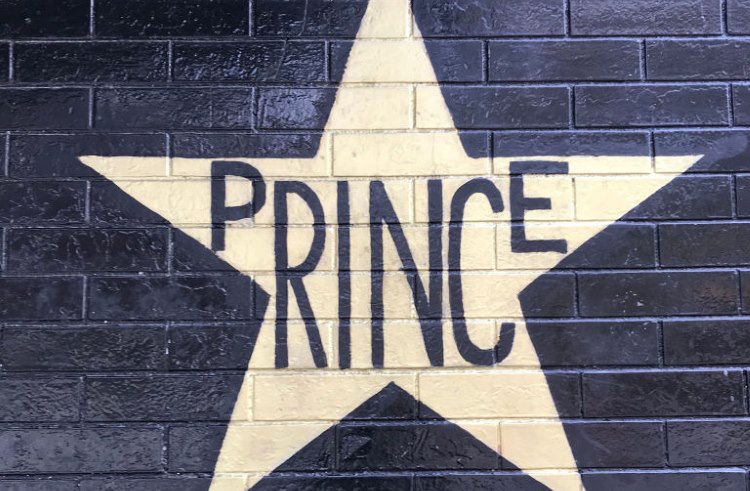
Finding your new favorite artist
No matter where you go in America, finding an opportunity or two to see live music is easy. Sites like Songkick tell you what artists will be arriving in a particular geographic area, while the industry pub Pollstar will help you figure out the biggest-ticket items in stadiums and theaters alike.
But some venues are worth seeking out. The Grand Ole Opry in Nashville is one of America’s most storied stages. Preservation Hall in New Orleans celebrates the city’s jazz traditions, and its house band has become one of America’s most beloved jazz combos. Minneapolis’ First Avenue is where Prince tore down the house in Purple Rain, and the galaxy of stars painted on its exterior wall is a who’s who of rock and soul greats. Los Angeles’ Hollywood Bowl is as visually breathtaking as it is great-sounding, while Red Rocks, located about 40mi (64km) outside of Denver, adds stunning mountain vistas to the mix.
Museums dedicated to American music
In Cleveland, Ohio, the Rock and Roll Hall of Fame is the big cheese of America’s music museums, celebrating its storied inductees and hosting a massive collection of memorabilia, as well as a huge library of archival material. The Museum of Pop Culture, in Seattle, began its life as a music-only museum, an origin that lives on in its interactive Sound Lab exhibition as well as salutes to home-grown heroes like Pearl Jam and Jimi Hendrix. Sun Studio, in Memphis, lets visitors see the room where B.B. King, Elvis Presley, Roy Orbison, and other luminaries changed the course of American music.
The Country Music Hall of Fame celebrates Nashville’s contributions to music history with exhibits on new and legendary country performers, as well as a vast archive. And the Musical Instrument Museum, in Phoenix, has more than 6,800 musical instruments from 200 countries in its collection, and regularly hosts concerts as well as celebrations of iconic artists like Johnny and June Carter Cash.
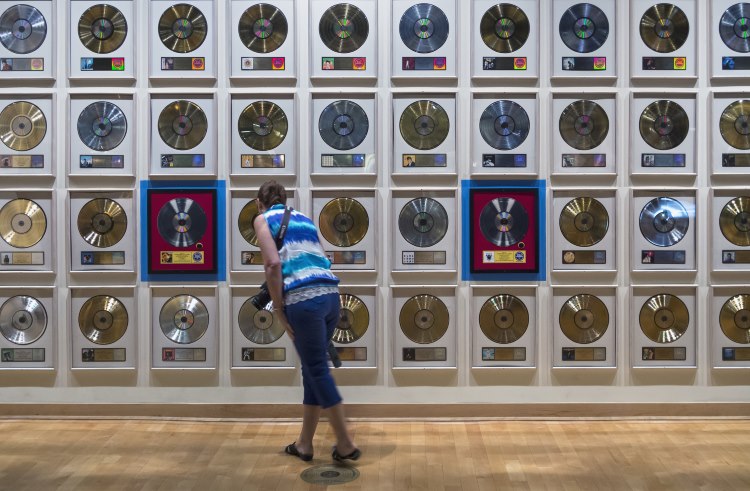
Many non-music-centric museums also offer music as part of their regular programming. Mass MoCA in North Adams, Massachusetts, has a series of concerts that includes the Wilco-curated festival Solid Sound and the experimental-minded Loud Festival, which features artists like neo-classical legend Philip Glass and loop composer Julianna Barwick. The Andy Warhol Museum in Pittsburgh celebrates its namesake artist’s involvement in the music business – which included his shepherding of art-rock legends The Velvet Underground – with Sound Series, a concert series featuring modern-day indie-rock luminaries.
The top music festivals across the USA
Multi-day, massive-bill music festivals have been popular in Europe for decades, but they didn’t gain traction in the US until 1999, when Paul Tollett and Rick Van Santen decided to bring a bunch of bands to the Indio Polo Club near Palm Springs, California. In the two decades since Coachella's founding, it’s become one of America’s premier festivals, broadening its genre remit to include pop, hip-hop, and R&B stars like Ariana Grande, Childish Gambino, and Beyoncé.
But other up-and-coming festivals in far-flung locales promise great artists as well as opportunities to explore new parts of America. Seven Peaks Festival, founded by Nashville star Dierks Bentley, is held in the Rocky Mountain enclave of Buena Vista, Colorado, and features beautiful views alongside the country-heavy lineup. Big Ears Festival embraces the new, with artists like bliss-seekers Spiritualized and bluegrass revivalist Rhiannon Giddens rubbing elbows at multiple venues across Knoxville, Tennessee. And Essence Fest – held, like Jazz Fest, in New Orleans – spotlights the legends and next big things of soul, R&B, and hip-hop.
Related articles
Simple and flexible travel insurance
You can buy at home or while traveling, and claim online from anywhere in the world. With 150+ adventure activities covered and 24/7 emergency assistance.
Get a quote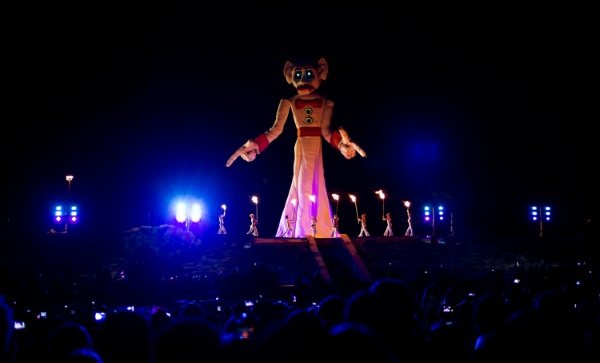
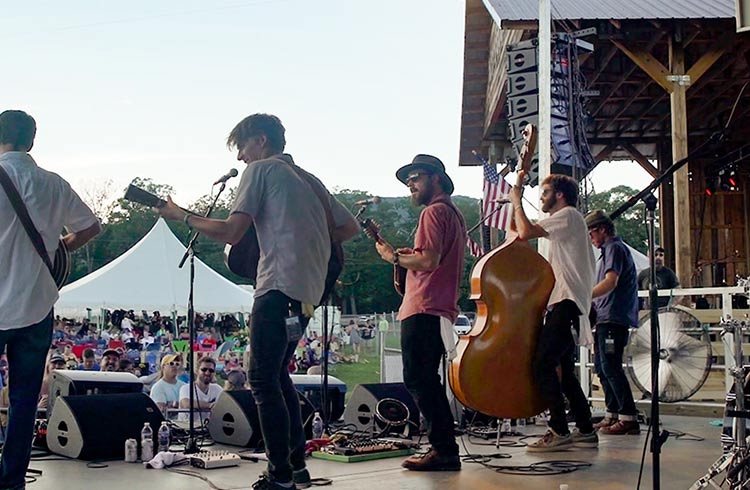
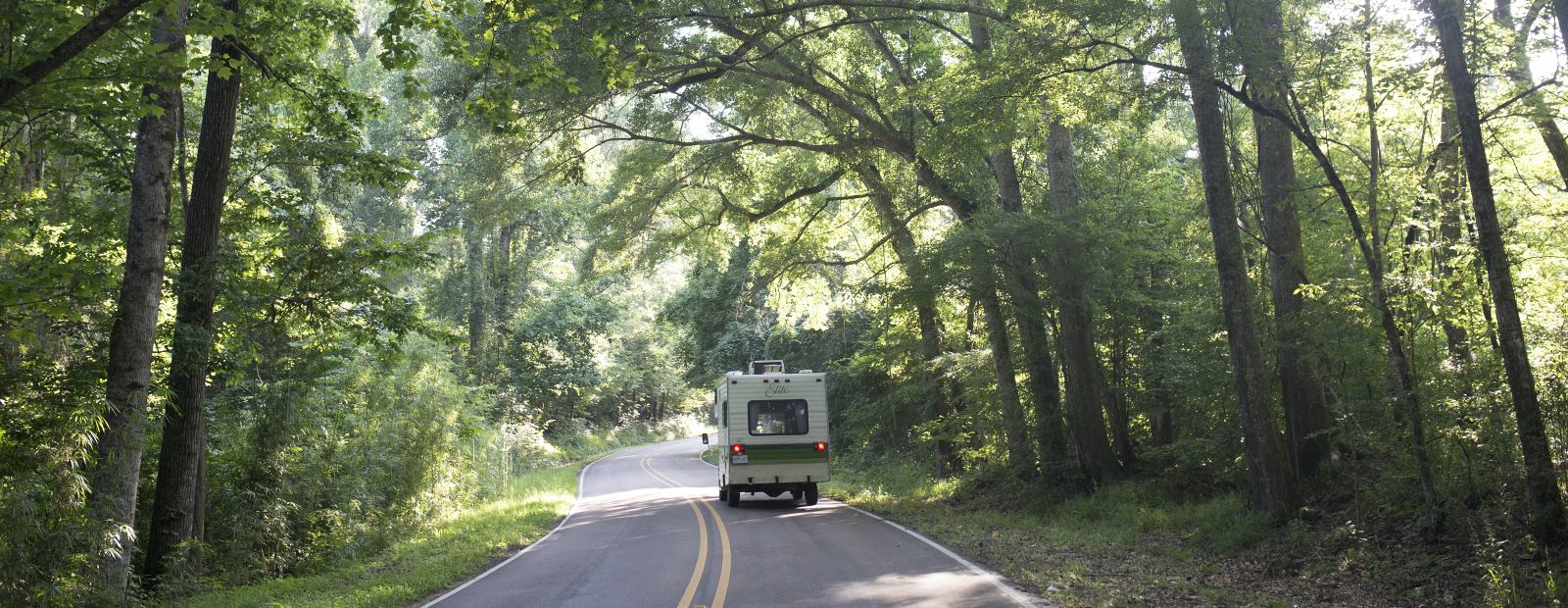
No Comments